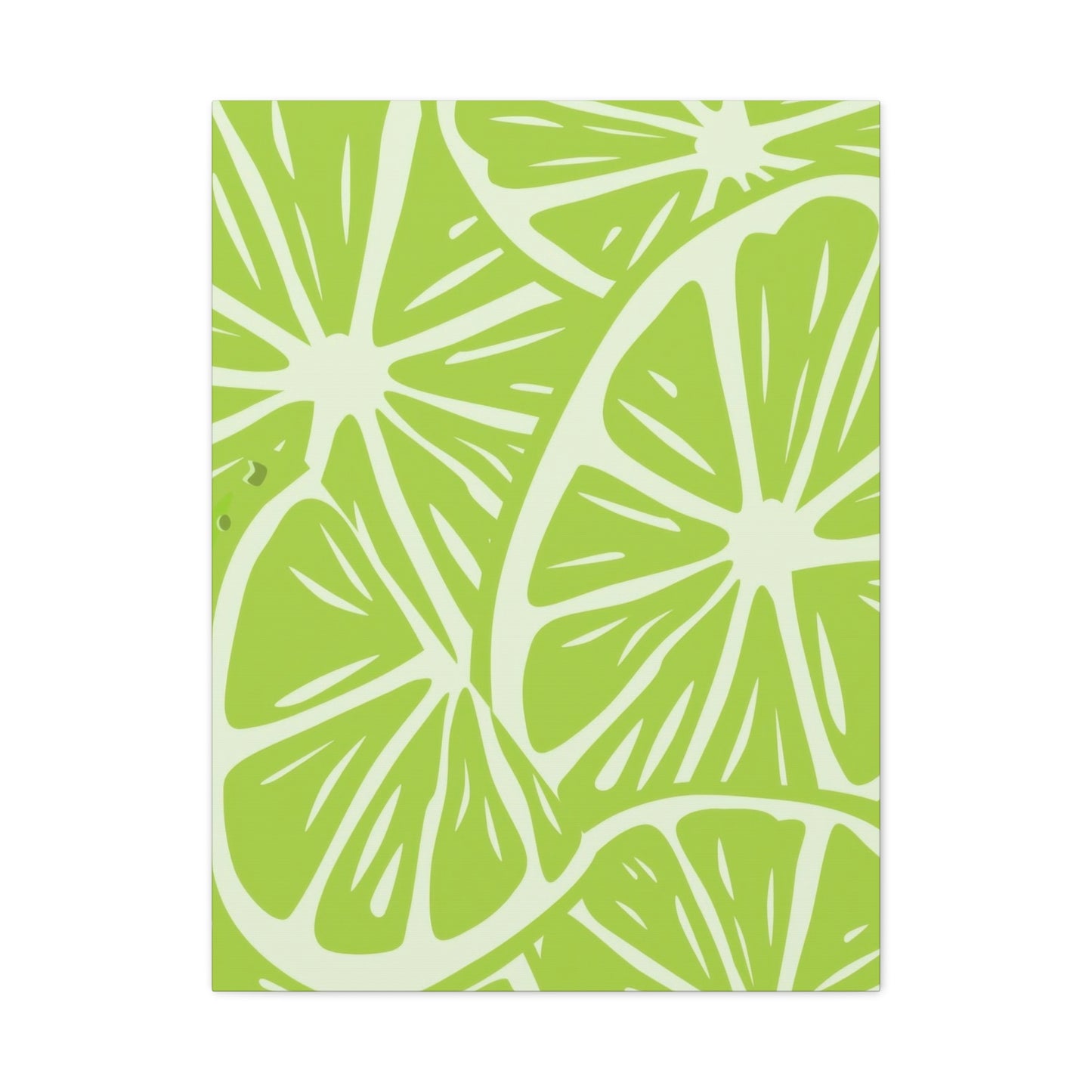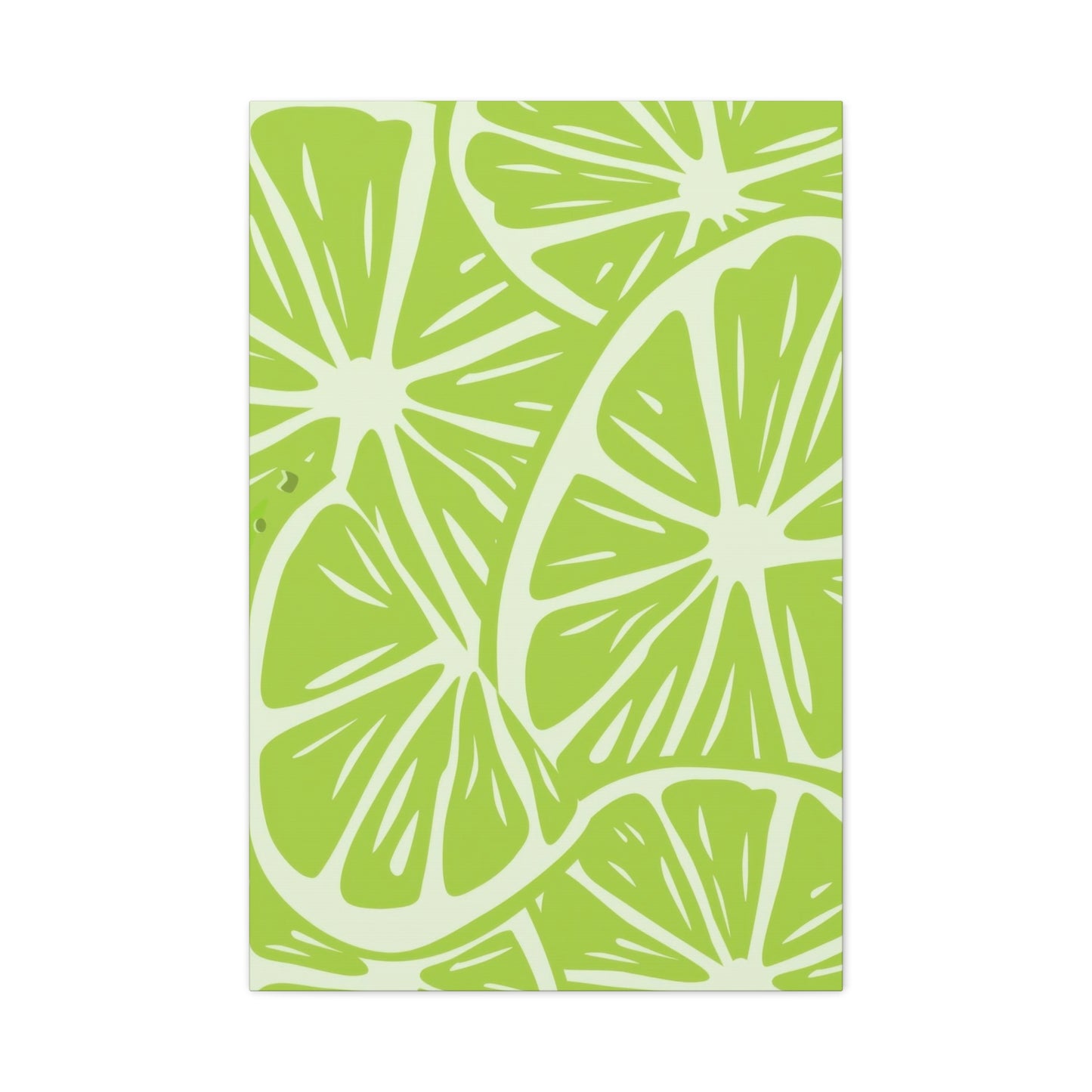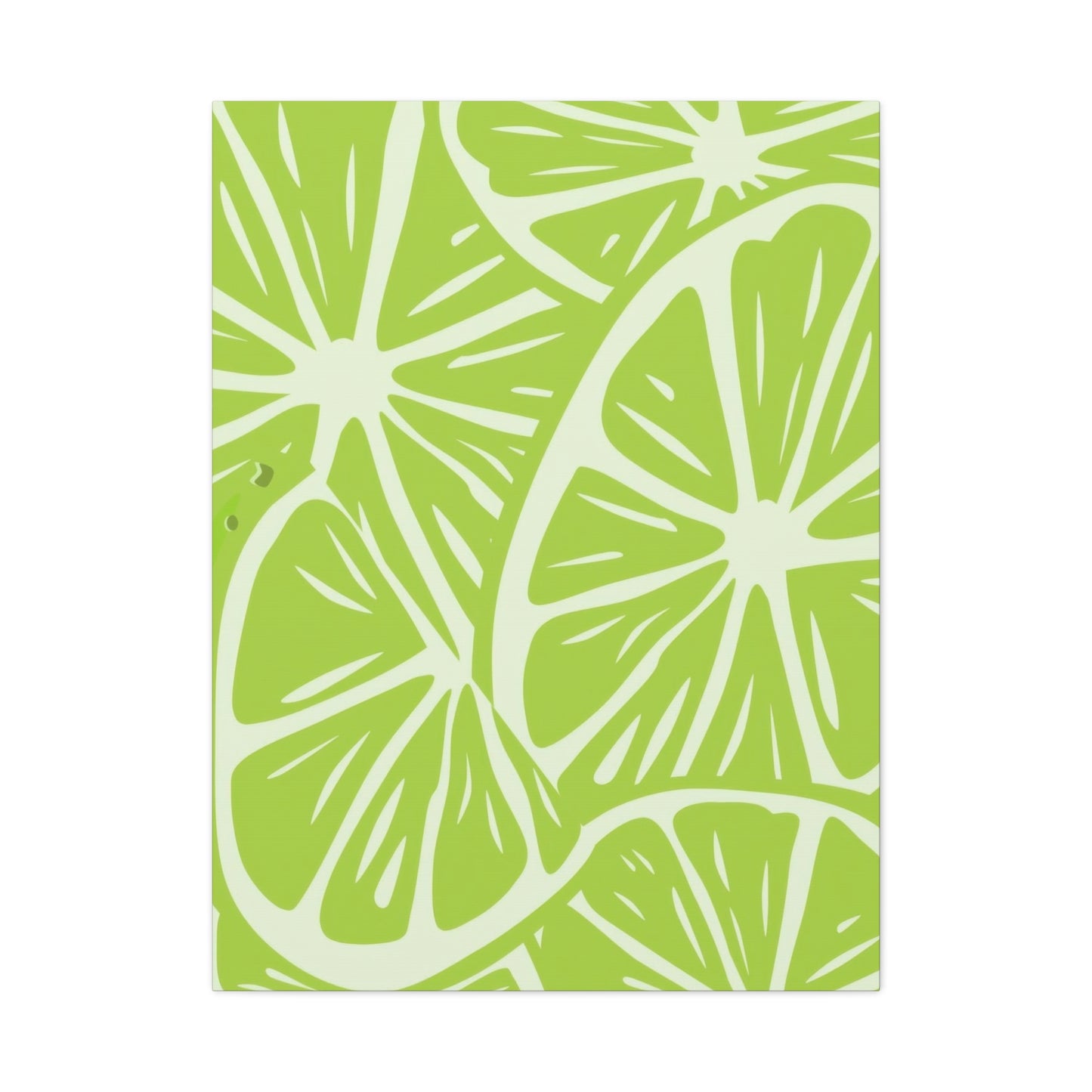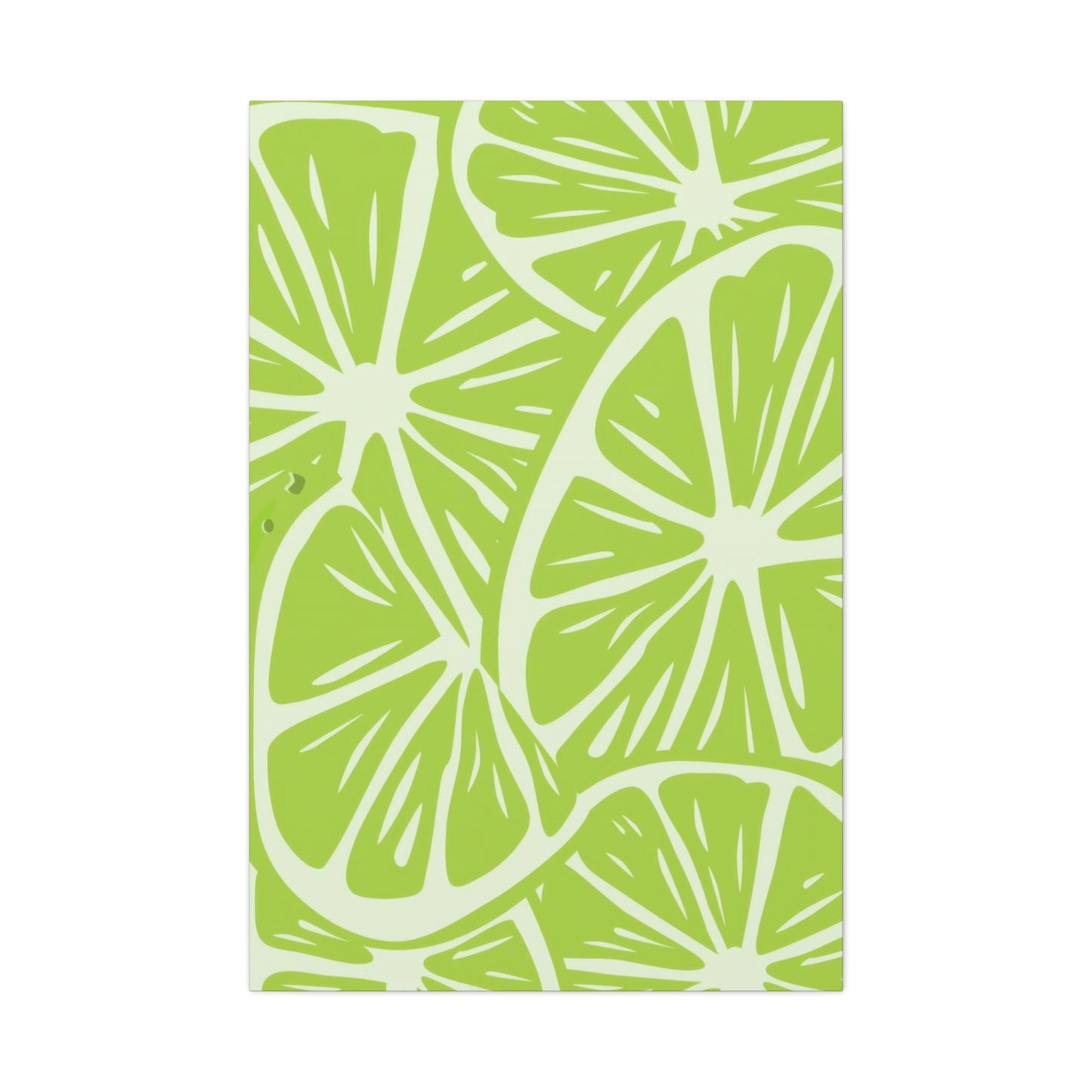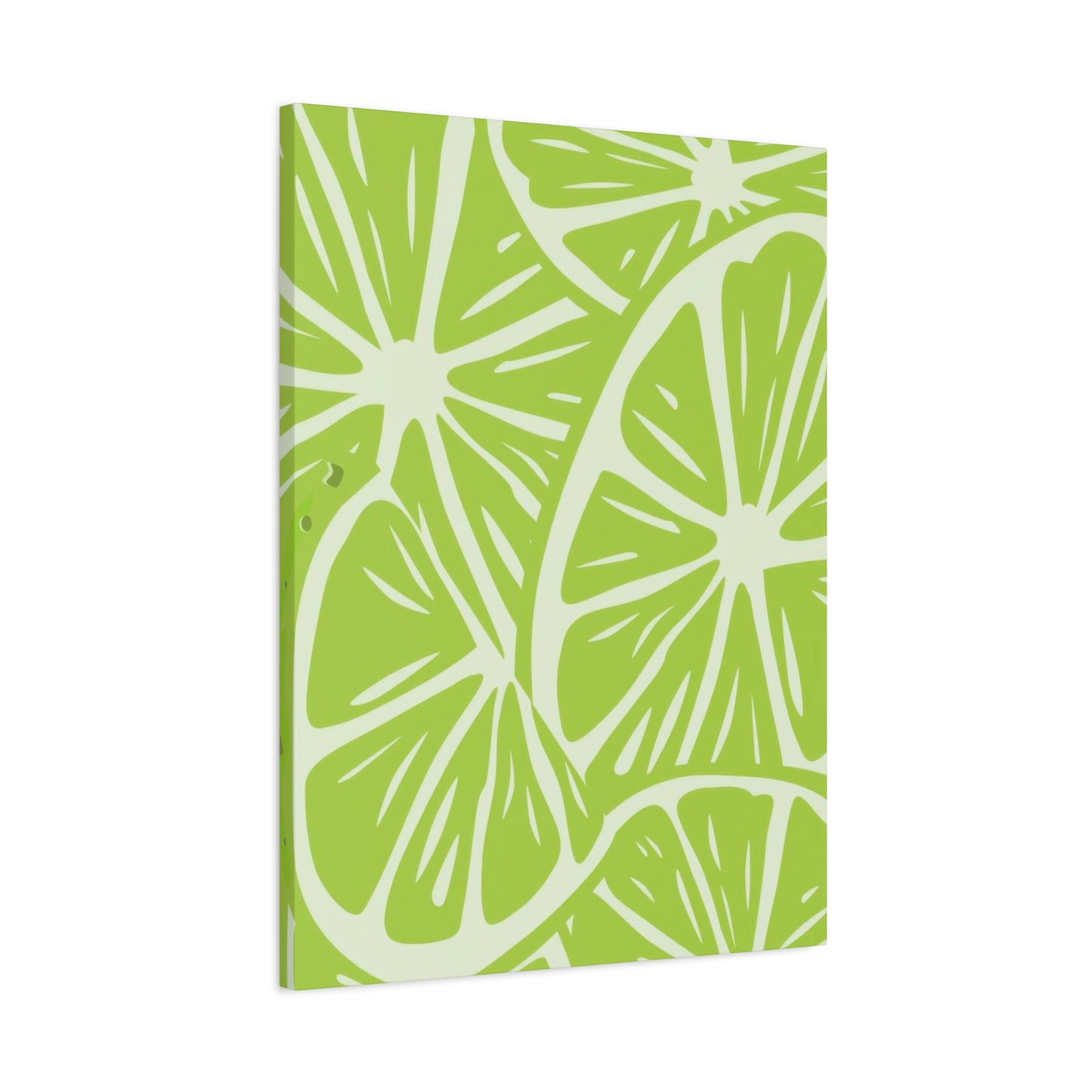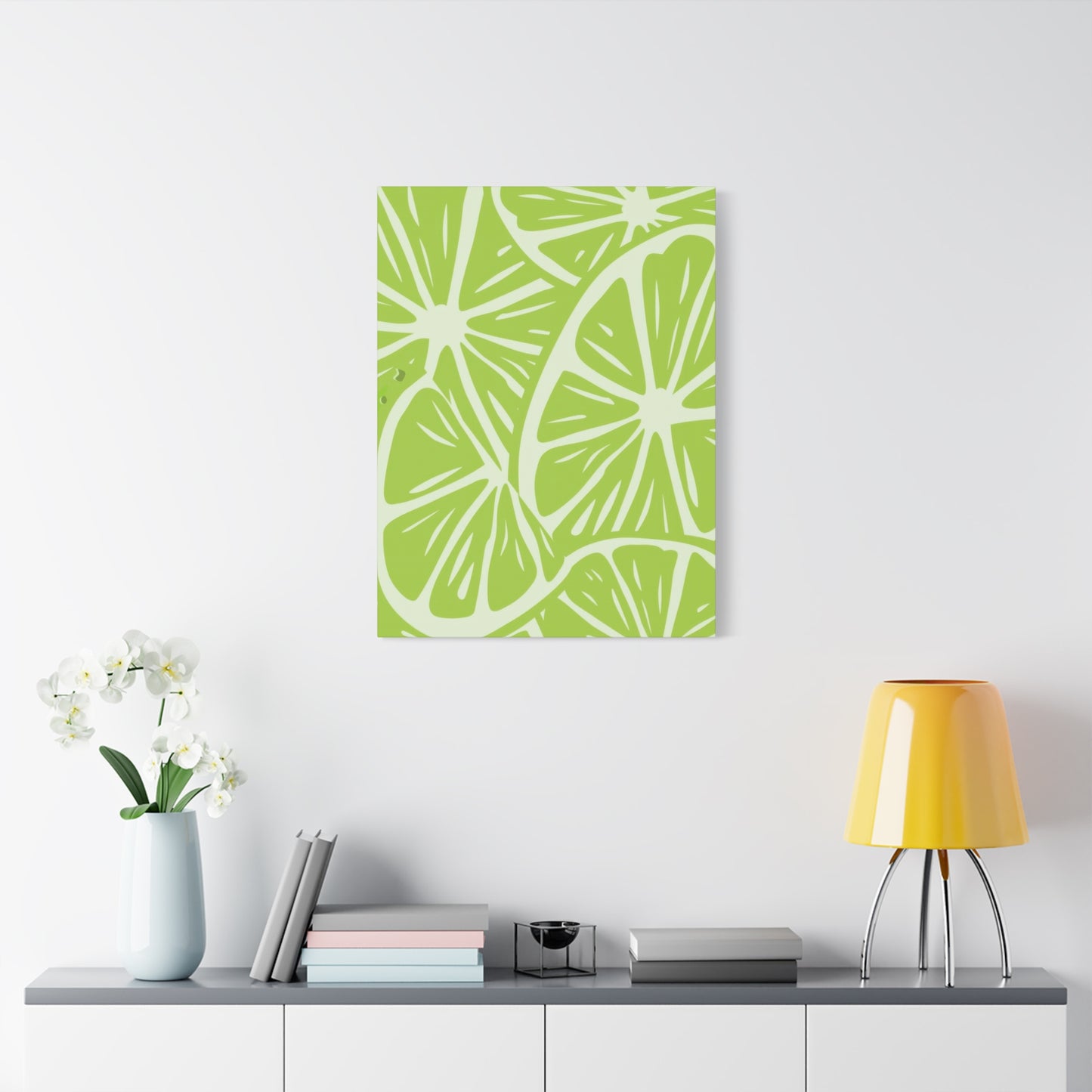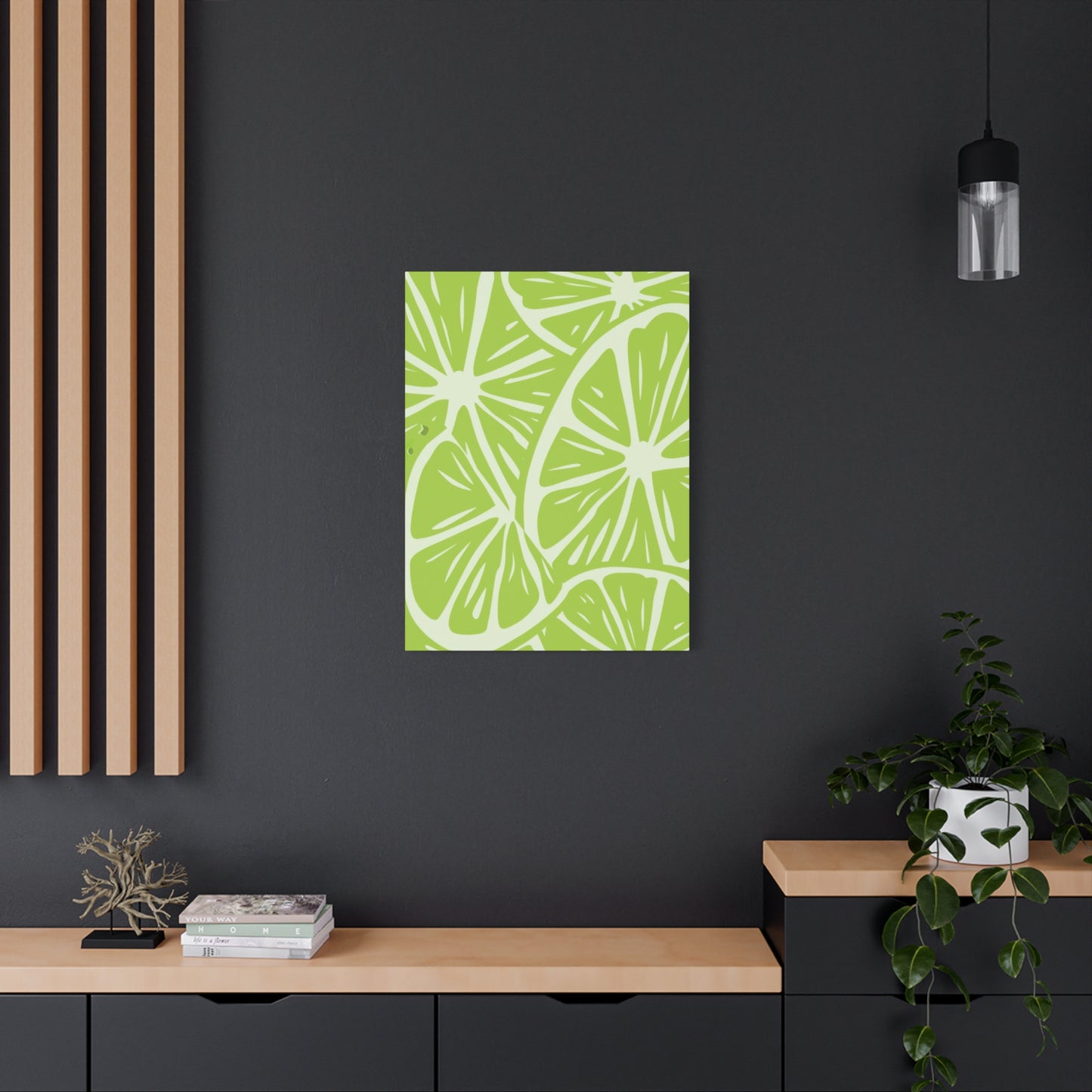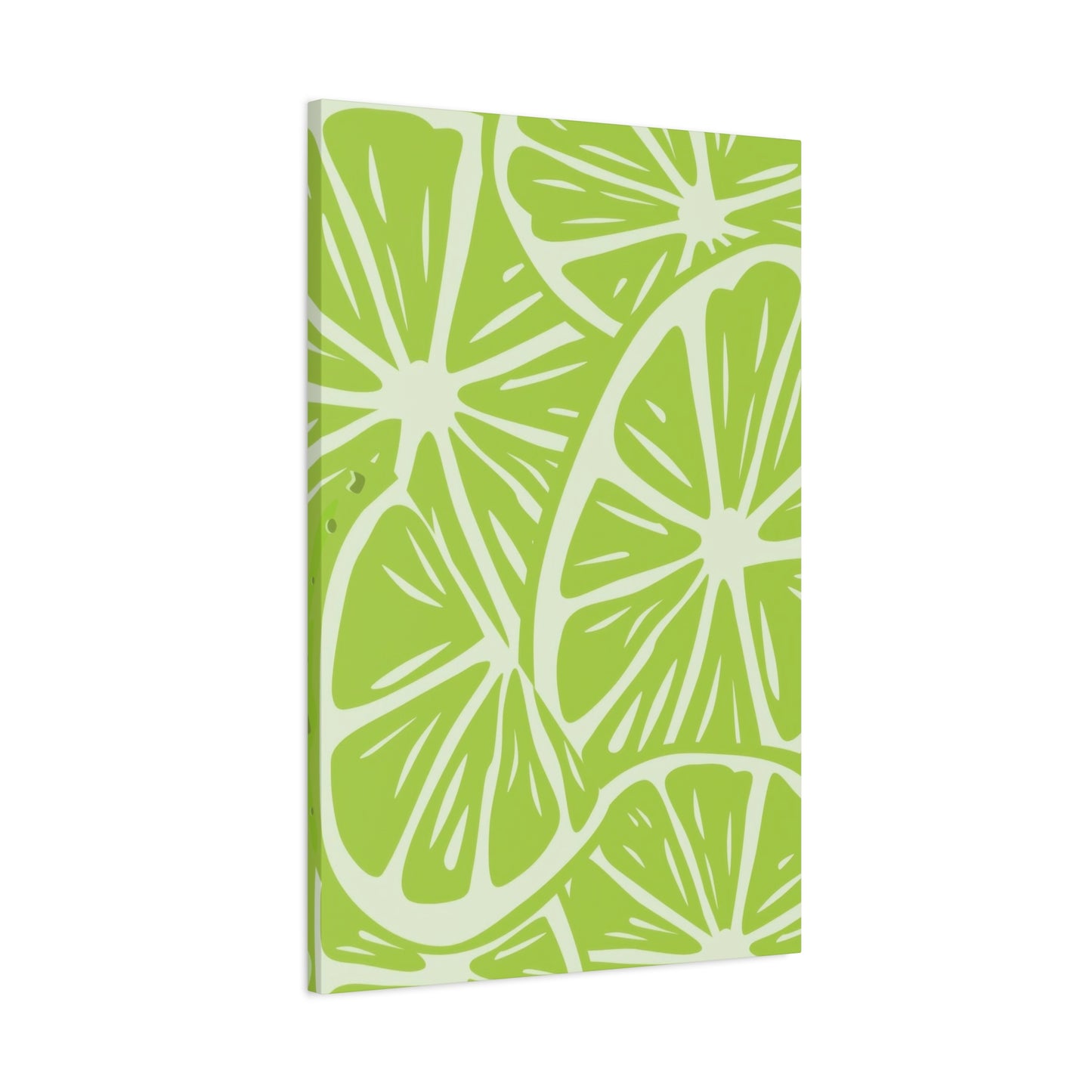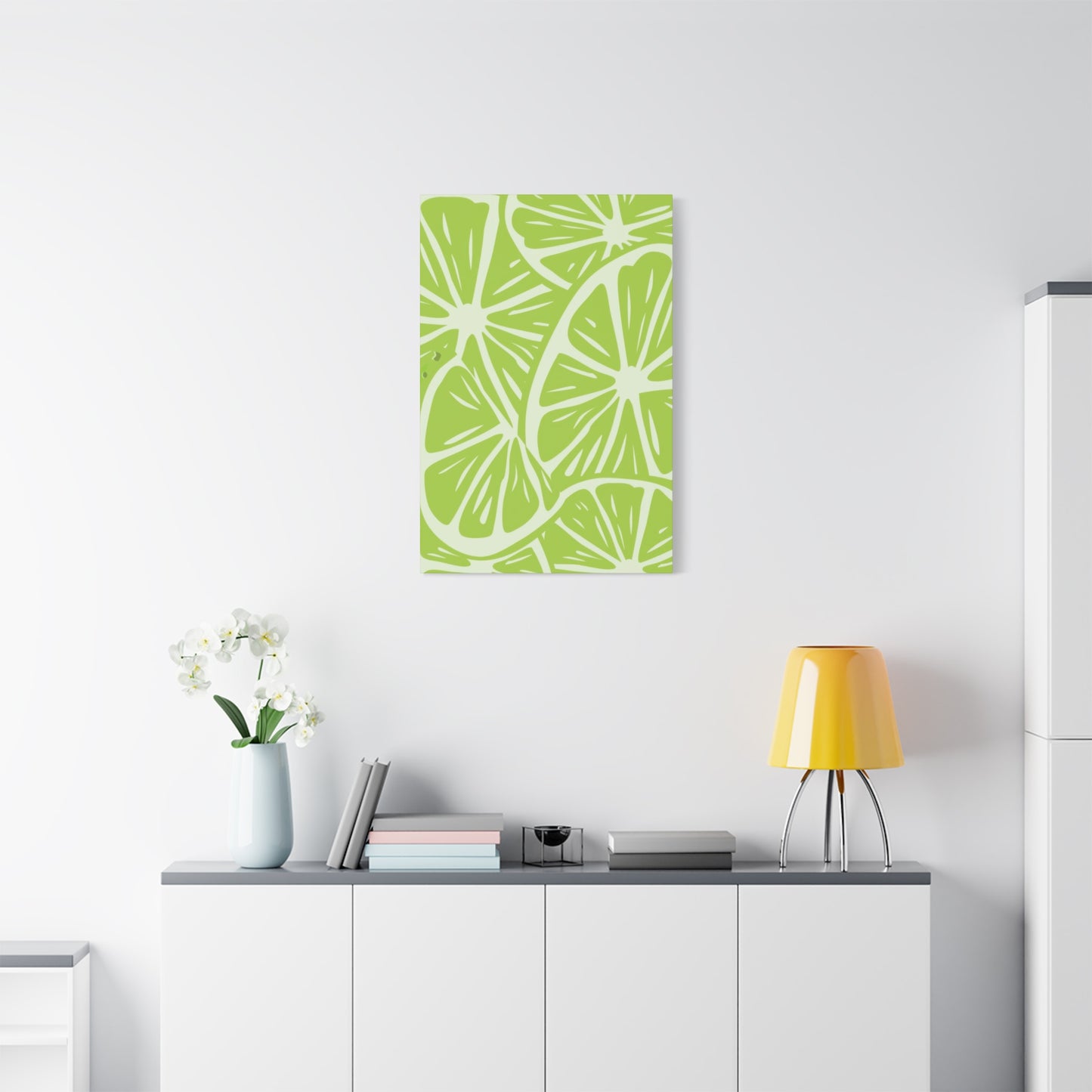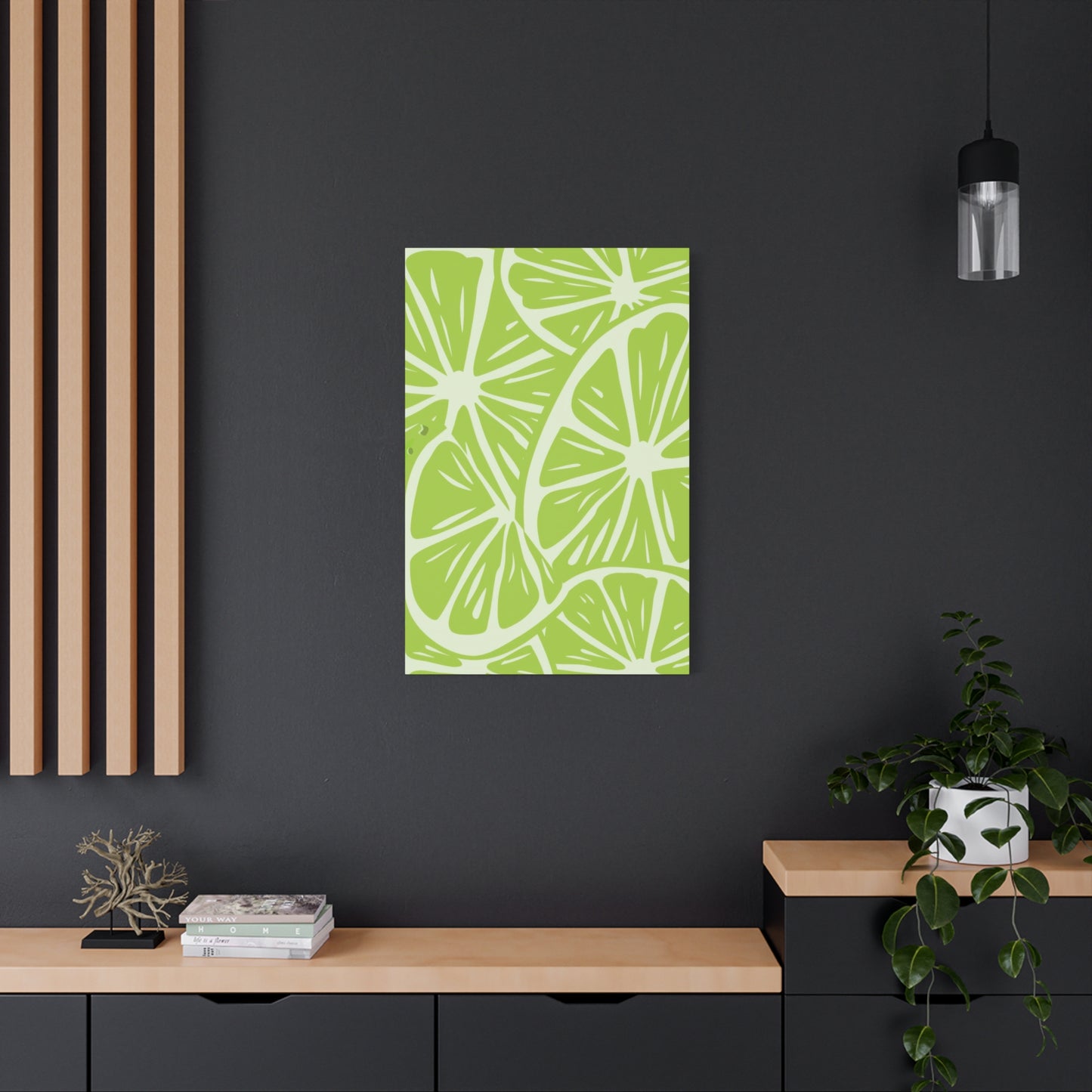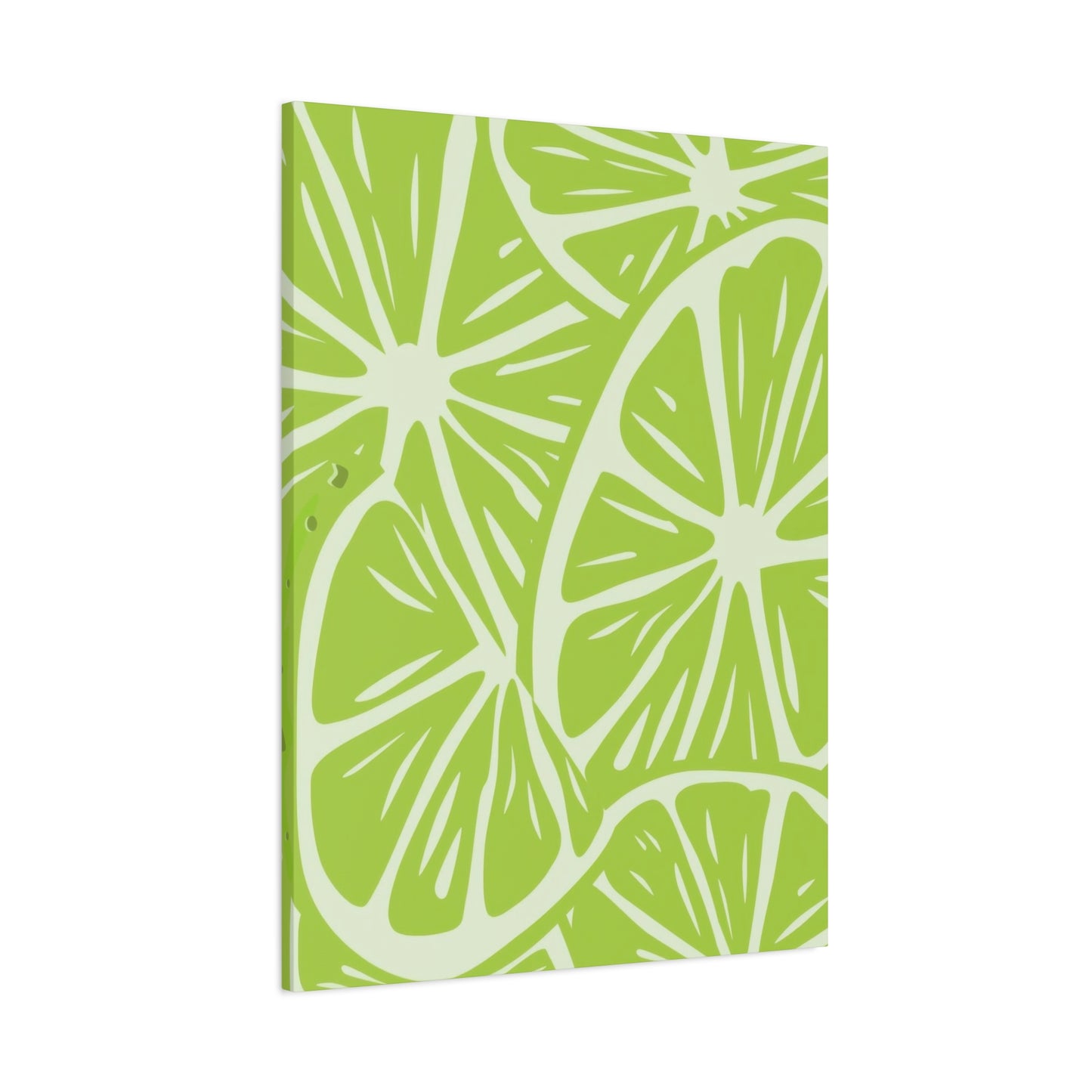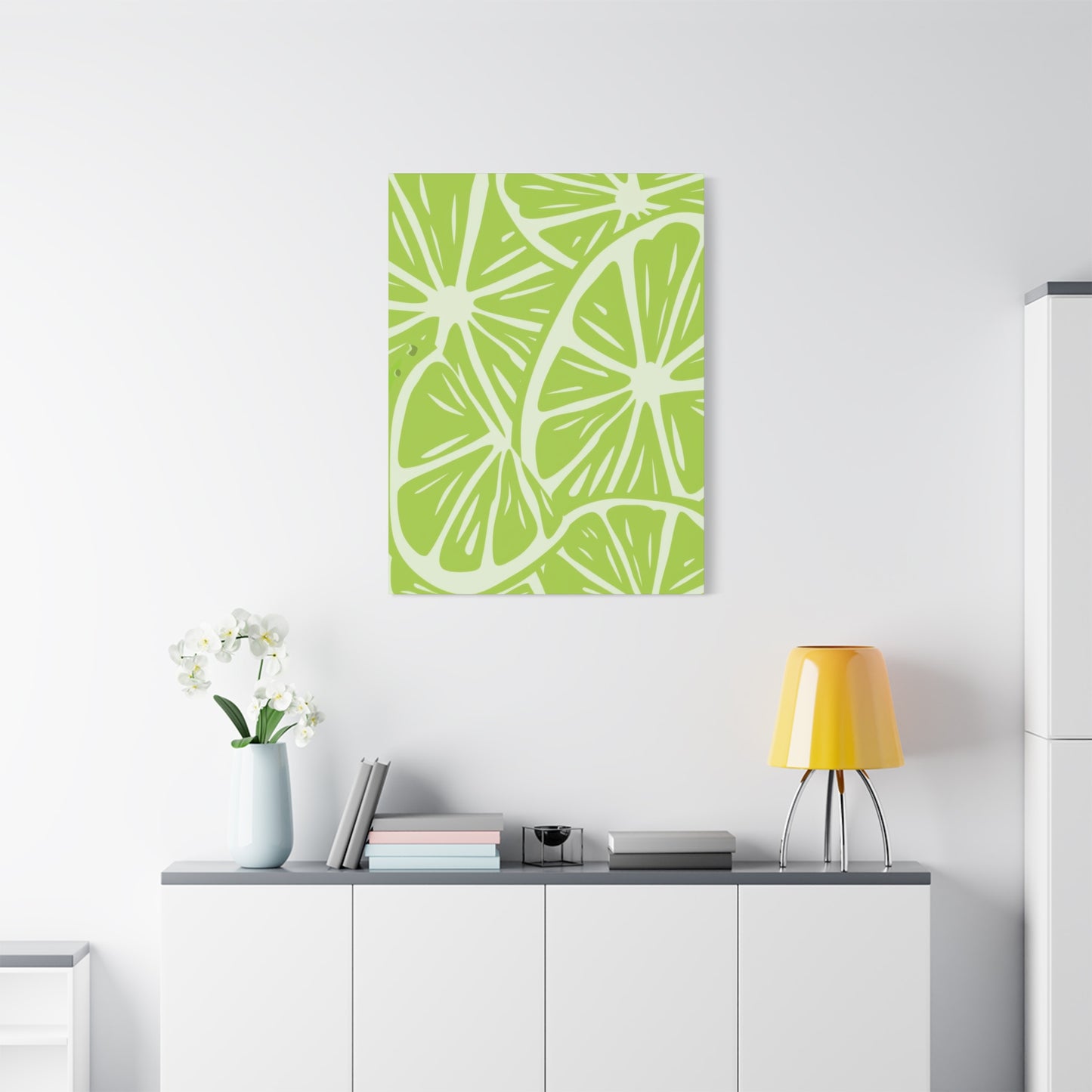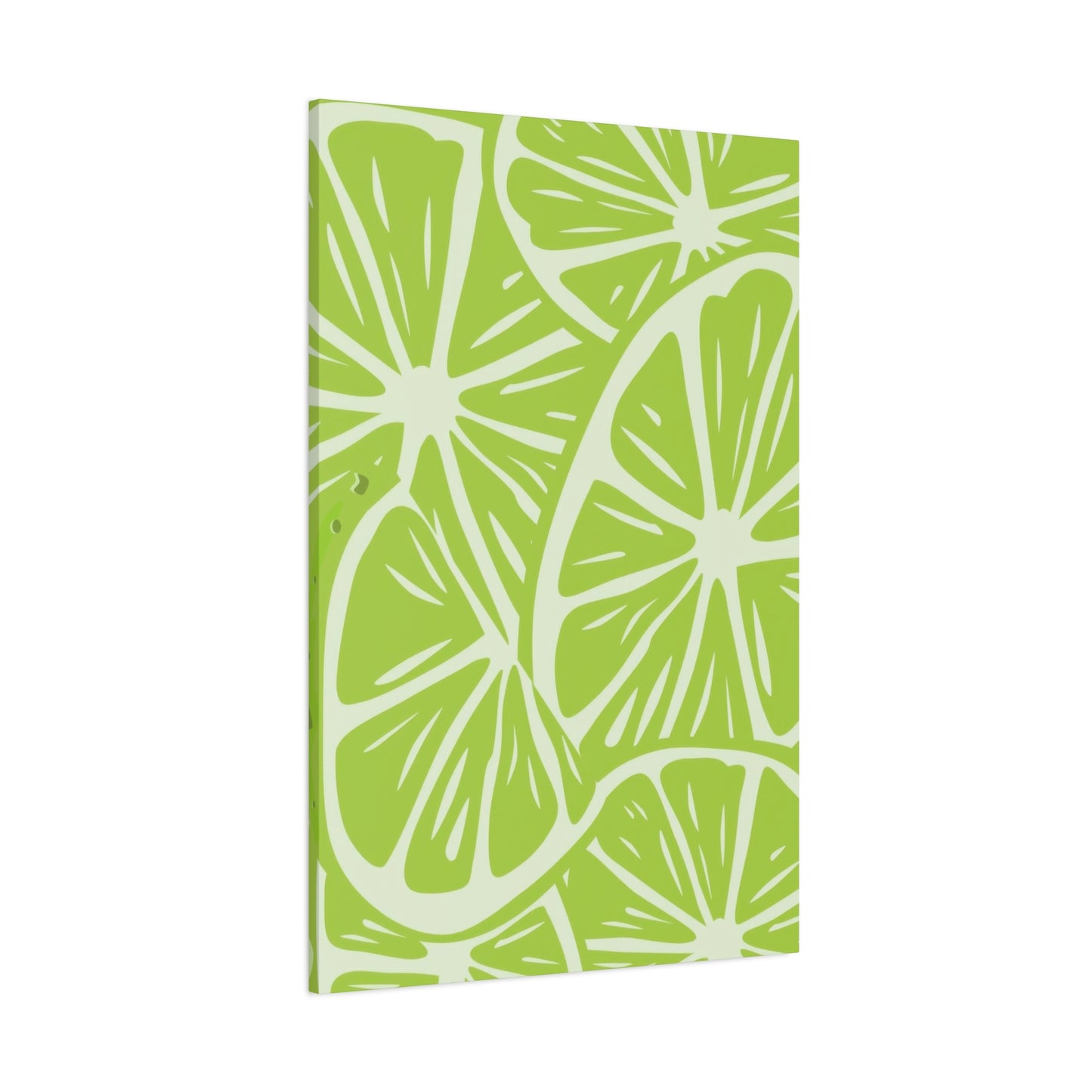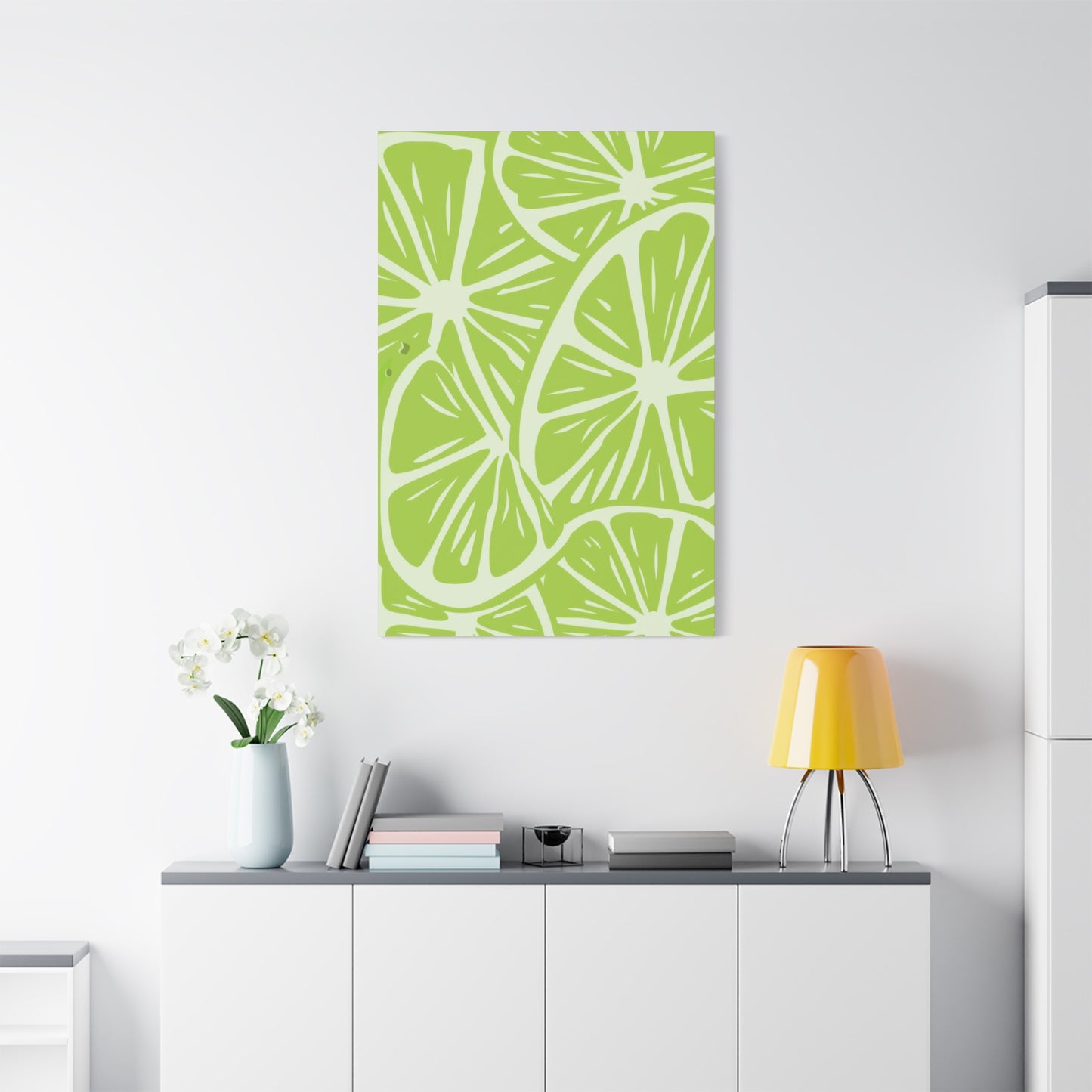The Artistic Appeal of Zesty Vibes: Cool Citrus Fruit Green Wall Art in Modern Interiors
The world of interior design has witnessed a remarkable transformation in recent years, with homeowners and decorators increasingly gravitating toward fresh, vibrant, and nature-inspired aesthetics. Among the most captivating trends currently dominating the design landscape is the incorporation of citrus-themed artwork that brings together the invigorating qualities of nature with contemporary artistic expression. This movement goes far beyond simple fruit imagery, instead embracing the essence of vitality, freshness, and the rejuvenating power that citrus elements can infuse into any living space.
The appeal of citrus-inspired wall decorations lies in their remarkable ability to transform ordinary rooms into extraordinary sanctuaries that pulse with life and energy. These artistic pieces capture the essence of sunlit orchards, morning dew on fresh produce, and the crisp, clean feeling that comes from being surrounded by natural elements. When you introduce these vibrant creations into your home, you are not merely hanging pictures on walls but rather inviting the spirit of renewal and vitality into your daily environment.
Contemporary interpretations of citrus artwork have evolved to include stunning representations of limes, lemons, oranges, and grapefruits, each rendered with artistic techniques that range from hyper-realistic photography to abstract interpretations that capture the mood and feeling rather than exact representation. The green tones particularly associated with limes and unripe citrus fruits have become especially popular, offering a sophisticated palette that works beautifully in modern interiors while maintaining a connection to organic origins.
The psychological impact of incorporating these elements into your surroundings should not be underestimated. Research has consistently shown that exposure to vibrant colors and natural imagery can significantly influence mood, productivity, and overall well-being. The particular shades of green associated with citrus fruits have been linked to feelings of renewal, growth, and harmony, making them ideal choices for spaces where you want to encourage positive energy and creative thinking.
Design professionals have embraced this trend wholeheartedly, recognizing that citrus-themed artwork offers incredible versatility. These pieces work equally well in minimalist settings where they serve as bold focal points, or in more eclectic spaces where they complement existing color schemes and design elements. The natural brightness inherent in citrus imagery helps to open up spaces, making rooms feel larger, airier, and more welcoming than they might otherwise appear.
Fresh Energy: Lime-Inspired Wall Art for Modern Spaces
The distinctive character of lime-inspired artwork brings a unique energy to contemporary interiors that few other design elements can match. The vibrant, acidic green of fresh limes carries with it associations of tropical locations, refreshing beverages, and the sharp, clean taste that instantly awakens the senses. When translated into visual art, these qualities become powerful tools for creating spaces that feel alive, dynamic, and perpetually fresh.
Modern interpretations of lime imagery extend far beyond simple still-life compositions. Contemporary artists and photographers have explored this subject through countless creative lenses, producing works that range from extreme close-ups revealing the intricate texture of lime skin to abstract compositions where the fruit becomes a vehicle for exploring color relationships and spatial dynamics. Each approach offers something different, allowing decorators to select pieces that align perfectly with their aesthetic vision and the mood they wish to create.
The particular shade of green associated with limes occupies a special place in the color spectrum, sitting at the intersection of blue undertones that provide coolness and yellow highlights that add warmth and vibrancy. This complexity makes lime-inspired artwork remarkably versatile, capable of harmonizing with a wide range of existing color schemes while maintaining its distinctive character. Whether your space features neutral tones that could benefit from a pop of color or already incorporates multiple hues that need coordinating, lime-themed pieces can serve as the perfect unifying element.
For spaces that embrace modern minimalism, lime artwork offers an opportunity to introduce visual interest without compromising the clean, uncluttered aesthetic that defines this style. A single, large-scale image of a lime against a stark background can create a powerful focal point that commands attention while maintaining the simplicity that minimalist design demands. The organic nature of the subject matter provides a welcome contrast to the geometric precision often found in minimalist interiors, creating a balanced composition that feels both deliberate and natural.
The energy that lime-inspired artwork brings to a space extends beyond mere visual appeal. These pieces carry with them cultural associations and memories that enrich their impact. For many, limes evoke thoughts of celebrations, exotic destinations, summer gatherings, and moments of refreshment. By incorporating these images into your daily environment, you create subtle psychological triggers that can positively influence your mood and mindset throughout the day.
The Perfect Pop of Green in Citrus Canvas Prints
The strategic use of green tones within interior design has long been recognized for its ability to create balance, promote tranquility, and connect indoor spaces with the natural world outside. Citrus canvas prints leverage these qualities while adding layers of additional meaning and visual interest that elevate them beyond simple color accents. The particular shades of green found in citrus fruits offer a spectrum of possibilities, from the bright, almost yellow-green of limes to the deeper, more mature tones of certain orange and lemon varieties at different stages of ripeness.
When incorporated thoughtfully into a design scheme, these green-dominant pieces serve multiple functions simultaneously. They act as color accents that can tie together disparate elements within a room, create visual focal points that draw the eye and organize spatial perception, and introduce organic shapes and natural imagery that soften the hard edges and geometric precision of modern architecture and furniture. This multifaceted functionality makes citrus prints exceptionally valuable tools in the decorator's arsenal.
The concept of a color pop has become increasingly important in contemporary design philosophy, which often emphasizes neutral base palettes enhanced by carefully selected accent colors. Citrus green occupies an ideal position within this framework, providing sufficient vibrancy to create impact without the overwhelming intensity of more saturated hues. This moderate approach allows the artwork to enhance a space without dominating it, maintaining a sense of sophistication and restraint that characterizes successful modern interiors.
Canvas as a medium for presenting citrus imagery offers particular advantages that contribute to the overall aesthetic effect. The texture of canvas lends a tactile quality and artistic legitimacy to reproductions, creating visual interest even from across a room. The slight three-dimensionality of stretched canvas adds subtle shadow play that changes throughout the day as light conditions shift, keeping the artwork dynamic and engaging rather than static. Additionally, canvas prints typically do not require glass protection, eliminating reflections and allowing for unobstructed viewing from any angle.
Refresh Your Home with Cool Citrus Wall Décor
The concept of refreshing a living space often brings to mind major renovations, furniture replacement, or significant financial investment. However, the strategic introduction of thoughtfully selected wall decorations offers a remarkably effective alternative that can transform the look, feel, and energy of a room without the expense, disruption, or permanence of more dramatic changes. Citrus-themed elements excel in this role, bringing immediate visual impact and psychological benefits that revitalize spaces in profound ways.
The refreshing quality of citrus imagery operates on multiple levels, engaging viewers through color psychology, cultural associations, and innate human responses to natural imagery. The bright, clean tones associated with these fruits trigger mental associations with cleanliness, renewal, and fresh starts, making them particularly effective in spaces where you want to encourage positive mindsets and forward-looking attitudes. These psychological connections operate largely on a subconscious level, creating ambient effects that influence mood and behavior without requiring active attention or awareness.
One of the most appealing aspects of refreshing your home with citrus decorations is the flexibility this approach provides. Unlike permanent fixtures or expensive furniture pieces, wall art can be easily changed, repositioned, or rotated based on evolving tastes, seasonal preferences, or shifting design trends. This adaptability makes citrus pieces excellent investments, as they can move with you from home to home or transition between rooms as your needs and preferences change over time.
The cooling visual effect of green-toned citrus artwork makes these pieces particularly valuable in spaces that receive abundant natural light or have warm color schemes that might otherwise feel too heated or intense. The introduction of these cooler tones creates visual temperature balance that makes rooms feel more comfortable and inviting. This effect is especially noticeable in rooms with south or west-facing windows that receive intense afternoon sun, where the perception of coolness can offset the physical warmth created by solar heat gain.
Creating a cohesive design narrative through citrus decorations involves more than simply hanging individual pieces on walls. Consider how these elements interact with textiles, accent furniture, and decorative accessories throughout the space. Throw pillows in complementary shades, table linens that echo the artwork colors, and decorative objects that reinforce the natural, organic theme all work together to create a unified environment that feels intentional and complete. This layered approach to design creates depth and sophistication that single-element changes cannot achieve.
Modern Minimalism with Citrus Fruit Art
The marriage of minimalist design principles with citrus fruit imagery might initially seem contradictory, given that minimalism typically emphasizes reduction and restraint while fruit artwork brings color, organic forms, and visual complexity. However, this apparent tension actually creates opportunities for remarkably sophisticated and visually compelling spaces that honor both aesthetic traditions while transcending the limitations of each approach in isolation.
True minimalism extends far beyond simply having less stuff or maintaining sparse, empty spaces. At its core, this design philosophy emphasizes intentionality, where every element present serves a clear purpose and contributes meaningfully to the overall composition. Within this framework, citrus artwork becomes not a violation of minimalist principles but rather a carefully considered element that fulfills multiple functions: providing necessary color accent, introducing organic contrast to geometric spaces, and creating focal points that organize visual perception and spatial understanding.
The selection of citrus artwork for minimalist spaces requires particular attention to several key considerations. Composition simplicity becomes paramount, with preference given to images that feature single subjects against clean backgrounds rather than complex arrangements or busy scenes. The clarity of form and purity of color in well-executed citrus photography or illustration align perfectly with minimalist values, creating pieces that feel essential rather than decorative, purposeful rather than merely ornamental.
Color relationships within minimalist spaces tend toward restricted palettes that emphasize subtle variations and sophisticated neutrals. The introduction of citrus green into such environments must be handled thoughtfully to maintain the overall sense of calm and order that characterizes successful minimalism. Often this means selecting pieces where the green tones are sophisticated and complex rather than overly bright or saturated, allowing them to provide visual interest without creating jarring discord with surrounding elements.
Scale plays an outsized role in minimalist applications of citrus artwork. With fewer elements competing for attention, each piece takes on greater visual weight and significance. Large-scale works that would overwhelm busier spaces can thrive in minimalist settings, where they have the breathing room to make their full impact appreciated. Conversely, smaller pieces must be positioned with exceptional care to ensure they hold their own within expansive, relatively empty spaces rather than appearing lost or insignificant.
Vibrant Greens: Nature's Freshness on Canvas
The particular quality of green present in citrus fruits represents one of nature's most sophisticated and psychologically powerful color expressions. Unlike the deep, restful greens of mature forests or the bright, almost neon shades of new spring growth, citrus greens occupy a middle ground that combines vitality with approachability, energy with balance. When captured on canvas and brought into interior spaces, these tones carry with them the accumulated associations and emotional resonances that millions of years of human evolution have encoded into our responses to natural color signals.
Understanding the biological and psychological basis for human responses to green tones provides valuable insight into why citrus artwork proves so effective in creating desired atmospheres and moods. Green occupies the center of the visible spectrum, the wavelength to which human eyes are most sensitive and which requires the least energy to process visually. This physiological fact translates into psychological experiences of balance, ease, and harmony when viewing green-dominant images. The particular shades found in citrus fruits add to this baseline response by incorporating associations with freshness, nutrition, and vitality that trigger positive emotional reactions.
The artistic challenge of capturing and reproducing citrus greens on canvas requires significant technical skill and understanding. These colors often feature subtle gradations, complex interactions between surface reflections and internal translucency, and rapid transitions between light and shadow areas that test the capabilities of both artists and reproduction technologies. Successful citrus artwork manages these challenges effectively, preserving the dimensional quality and visual complexity of the original fruit while translating it into a two-dimensional medium that maintains impact and authenticity.
Canvas as a substrate offers particular advantages for presenting citrus green imagery. The slight texture inherent in woven canvas interacts with printed or painted greens in ways that add depth and visual interest impossible to achieve on smooth papers or glossy materials. Light striking canvas at various angles creates subtle variations in how colors appear, keeping the artwork dynamic and engaging as viewing conditions change throughout the day. This living quality makes canvas presentations particularly appropriate for subjects drawn from nature, creating continuity between subject matter and presentation method.
The cultural and historical associations of green pigments add layers of meaning to citrus artwork that enrich its impact beyond purely visual considerations. Throughout art history, green pigments have been among the most difficult and expensive to produce, lending particular status and significance to works featuring these colors prominently. While modern reproduction technologies have democratized access to green imagery, traces of this historical significance remain embedded in our cultural consciousness, subtly elevating the perceived value and importance of green-dominant artwork.
Pairing citrus green canvas artwork with appropriate interior color schemes requires understanding both traditional color theory and contemporary design sensibilities. Classic complementary pairings with reds and pinks create vibrant, high-energy combinations suitable for social spaces and areas where activity and stimulation are desired. Analogous harmonies with blues and yellows produce more subtle, sophisticated effects that work beautifully in bedrooms, studies, and other spaces where calm and concentration take priority. Neutral backgrounds in grays, whites, and beiges allow the green tones to sing without competition, creating clean, modern looks that appeal to contemporary tastes.
Tropical Touch: Citrus Fruit Wall Art Inspiration
The association between citrus fruits and tropical environments runs deep in human consciousness, linking these vibrant subjects with exotic destinations, warm climates, and the relaxed, unhurried lifestyle often idealized in vacation settings. This powerful connection makes citrus wall artwork particularly effective for creating spaces that evoke feelings of escape, relaxation, and the sensory richness associated with tropical locales, regardless of actual geographic location or climate.
Tropical design aesthetics have evolved significantly beyond the clichéd tikis and palm prints that once dominated this category. Contemporary interpretations embrace sophisticated color palettes, refined compositions, and artistic techniques that honor tropical inspiration while remaining firmly grounded in modern design sensibilities. Citrus imagery fits perfectly within this evolved tropical aesthetic, offering authentic connections to warm-climate agriculture and lifestyle while maintaining the visual sophistication that contemporary interiors demand.
The psychological benefits of incorporating tropical elements into living spaces extend well beyond mere aesthetic preference. Research in environmental psychology has demonstrated that exposure to imagery associated with vacation destinations and relaxation settings can trigger genuine stress reduction, lowered blood pressure, and improved mood even when actual travel is not possible. By creating visual connections to tropical environments through citrus artwork, you effectively bring some of the restorative benefits of vacation into your daily life, creating sanctuaries that support mental health and emotional well-being.
Color palettes inspired by tropical citrus groves combine the bright greens of fruit and foliage with complementary tones drawn from sky, ocean, sand, and tropical flowers. These combinations create rich, layered color schemes that feel both vibrant and natural, energizing without overwhelming. When building a tropical-inspired space around citrus artwork, consider pulling accent colors from the art itself, using throw pillows, area rugs, and decorative accessories to echo and amplify the tones present in the featured pieces.
The Art of Freshness: Citrus and Green Harmony
Creating harmonious relationships between citrus subjects and various shades of green requires both artistic sensitivity and technical understanding of color relationships. The inherent greenness of citrus fruits provides a foundation, but the surrounding color context dramatically influences how these tones are perceived and the emotional impacts they generate. Mastering the art of green harmony opens possibilities for creating spaces that feel balanced, intentional, and deeply satisfying to inhabit.
The concept of harmony in color theory refers to pleasing combinations that create a sense of order, stability, and aesthetic rightness. Within the realm of green tones, harmony can be achieved through several approaches: monochromatic schemes that explore variations in value and saturation within a single hue family, analogous combinations that pair greens with neighboring colors like blues and yellows, or complementary contrasts that set greens against reds and pinks. Each approach creates different emotional atmospheres and works better in certain contexts than others.
Citrus imagery naturally incorporates multiple green shades within single fruits, as skin coloration varies across the surface based on exposure to light, ripeness levels, and inherent genetic variation. This built-in color complexity makes citrus artwork particularly valuable for establishing green harmony in spaces, as a single piece can introduce multiple coordinated tones that provide a ready-made palette for the entire room. Pulling accent colors from different areas of the artwork creates cohesive schemes that feel organic and intentional rather than arbitrary or forced.
The freshness quality associated with citrus greens stems partly from their relatively high saturation and brightness compared to many other natural greens. While forest greens and olive tones lean toward deeper, more muted expressions, citrus greens typically feature clarity and vibrancy that reads as clean, new, and unspoiled. This perceptual quality makes these tones particularly effective in spaces where cleanliness and freshness are desired attributes, including kitchens, bathrooms, and eating areas.
Balancing the vibrancy of citrus greens with other design elements prevents spaces from feeling overwhelming or overstimulating. Neutral tones in whites, grays, and natural wood finishes provide visual rest areas that allow the eye to recover between encounters with more saturated colors. These neutral elements also serve practical functions, preventing color fatigue and ensuring that the citrus artwork remains the clear focal point rather than competing with equally vibrant surroundings.
Cool Greens: Contemporary Citrus Art for Bright Interiors
The particular challenge of designing bright interiors that feel balanced rather than overwhelming has driven many contemporary designers toward cooler color palettes that provide visual relief from intense illumination. Citrus artwork featuring greens with blue undertones excels in this application, offering vibrant color and visual interest while contributing to an overall sense of coolness that moderates the heating effects of abundant natural or artificial light.
Understanding color temperature proves essential for effectively utilizing citrus artwork in bright spaces. While all greens occupy the cool half of the color wheel relative to warm tones like reds and oranges, greens themselves vary considerably in relative warmth. Lime greens with yellow undertones read as warmer, while greens containing more blue feel distinctly cooler. In bright interiors where visual cooling is desirable, selecting citrus artwork that emphasizes these cooler green expressions helps achieve the desired atmospheric balance.
The reflective properties of various surfaces within bright spaces interact with citrus artwork in ways that amplify or modify its impact. Glossy white walls reflect and distribute light throughout a room while providing neutral backgrounds that allow artwork colors to appear at maximum saturation and purity. Light-colored flooring continues this reflective quality downward, creating environments where citrus greens can truly sing without competition from darker or more saturated surrounding elements.
Window treatments in bright spaces require careful consideration to balance the competing needs for light control, view preservation, and color harmony. Sheer white curtains soften and diffuse harsh direct sunlight while maintaining the overall brightness that characterizes these spaces. When drawn, these treatments create gentle, flattering backgrounds for citrus artwork that enhance rather than fight against the color relationships you have carefully established. Alternatively, natural fiber shades in whites or very pale neutrals provide similar light modification without completely obscuring window views.
Furniture selection in bright spaces featuring citrus artwork typically gravitates toward light finishes and simple forms that maintain the airy, open feeling these environments cultivate. White, natural wood, or light gray furniture provides practical seating and storage without adding visual weight that would darken or crowd the space. The simplicity of these furnishing choices allows citrus artwork to claim focal point status without competition from busy furniture designs or dark, heavy pieces that would fragment the visual field.
Freshly Squeezed Style: Citrus Wall Art for Kitchens
The kitchen represents perhaps the most natural and intuitive location for citrus-themed artwork, given the direct connection between these fruits and culinary activities. However, the potential for citrus art in kitchen spaces extends far beyond obvious thematic matching, encompassing practical considerations around moisture resistance, easy cleaning, and the creation of atmospheres that support both food preparation activities and social gathering functions that modern kitchens increasingly serve.
Historical precedent for fruit imagery in dining and cooking spaces stretches back centuries, with still-life paintings featuring abundant produce serving as symbols of prosperity, hospitality, and the pleasures of the table. Contemporary citrus artwork continues this tradition while updating it for modern sensibilities, replacing heavy oil paintings in ornate frames with sleek photography, minimalist illustrations, and artistic interpretations that feel fresh and current rather than dated or overly formal.
The specific challenges of the kitchen environment require careful consideration when selecting and installing artwork. Temperature fluctuations from cooking activities, humidity from boiling water and steam, and potential exposure to grease and food particles all threaten artwork longevity and appearance. Canvas prints with protective coatings, metal or acrylic mountings that resist moisture and are easily cleaned, and strategic placement away from stovetops and sinks help mitigate these risks while allowing you to enjoy beautiful citrus imagery in this hardworking space.
Color psychology plays an important role in kitchen design, with certain tones encouraging appetite and social interaction while others promote calm focus suitable for cooking tasks. The bright, clean greens of citrus artwork generally support both functions, creating cheerful atmospheres that welcome guests and family members while avoiding the overstimulation that more saturated warm colors might produce. This balanced quality makes citrus art particularly versatile in kitchens that must serve multiple purposes throughout the day.
Scale considerations in kitchen artwork differ somewhat from other spaces due to the typically fragmented wall areas interrupted by cabinets, windows, appliances, and doorways. Rather than single large-scale pieces, kitchens often benefit from smaller works or sets of coordinated prints that can be positioned in the available spaces between functional elements. A series of individual citrus studies mounted in a row creates visual continuity while working within the spatial constraints of typical kitchen layouts.
Organic Energy: Lime and Lemon Art for Modern Homes
The pairing of lime and lemon imagery within single artworks or coordinated sets offers rich possibilities for exploring color relationships, symbolic meanings, and visual dynamics that single-fruit compositions cannot achieve. The contrast between the brighter, more yellow-toned lemons and the deeper, blue-green limes creates natural tension and harmony simultaneously, providing visual interest while maintaining cohesive organic themes that work beautifully in contemporary residential settings.
Modern homes increasingly embrace design philosophies that prioritize sustainability, natural materials, and connections to organic processes and cycles. Artwork featuring limes and lemons supports these values both literally and symbolically, celebrating the bounty of nature while reminding inhabitants of the agricultural origins of everyday ingredients. This alignment between aesthetic choices and lifestyle values creates spaces that feel authentic and meaningful rather than merely decorated according to passing trends.
The energy that lime and lemon artwork brings to modern homes operates on multiple frequencies simultaneously. Visually, the bright, saturated colors provide stimulation and focal interest that activate spaces and prevent them from feeling dull or lifeless. Psychologically, the associations with freshness, cleanliness, and vitality create atmospheric qualities that influence mood and behavior in subtle but meaningful ways. Culturally, the celebration of natural subjects reflects contemporary concerns with environmental stewardship and sustainable living that resonate deeply with current social consciousness.
Compositional approaches to combining limes and lemons in artwork range from naturalistic still-life arrangements that might include whole fruits, cut sections, leaves, and blossoms, to more abstract or graphic interpretations that reduce the subjects to essential forms and colors. Each approach offers different benefits and works better in certain contexts. Realistic compositions bring maximum connection to the actual fruits and their agricultural origins, while more stylized treatments often integrate more easily with modern furniture and architectural elements.
Brighten Your Mood with Citrus-Inspired Wall Prints
The connection between environmental aesthetics and emotional wellbeing has been firmly established through decades of research in environmental psychology, interior design, and related fields. Citrus-inspired wall prints leverage this connection effectively, utilizing color psychology, natural imagery, and cultural associations to create mood-lifting effects that contribute meaningfully to mental health and emotional resilience in daily life.
The specific mechanisms through which citrus artwork influences mood operate at multiple levels. Neurologically, exposure to bright colors and nature imagery triggers responses in brain regions associated with reward processing and emotional regulation, literally altering brain chemistry in ways that promote positive emotional states. Cognitively, the cultural and personal associations with citrus fruits activate memory networks linked to pleasant experiences, triggering mood improvements through reminiscence and positive association. Environmentally, the improvement in aesthetic quality that artwork provides creates a general uplift in how spaces are perceived and experienced.
Individual variation in response to citrus imagery means that while general patterns exist, personal experimentation remains essential for determining which specific pieces and approaches work best for particular individuals. Some people respond most strongly to bright, saturated colors that provide maximum visual stimulation, while others prefer subtler, more muted expressions that offer gentler mood support. The key lies in honest self-assessment and willingness to trust your own responses rather than defaulting to generic recommendations that may not align with your specific needs and preferences.
Strategic placement of mood-lifting citrus prints throughout the home maximizes their beneficial effects by ensuring regular exposure during daily routines. Pieces positioned in morning pathways catch attention during the vulnerable early hours when mood patterns for the entire day often get established. Artwork visible from workspaces provides periodic visual breaks and mood refreshers during extended periods of concentration or task completion. Prints in evening relaxation areas support the transition from work mode to rest mode, facilitating the stress reduction necessary for quality sleep and recovery.
Modern Botanical Twist: Green Citrus Canvas Art
The intersection of traditional botanical illustration with contemporary artistic sensibilities has produced a fascinating genre of citrus artwork that honors scientific accuracy and natural beauty while incorporating modern design elements and presentation methods. This botanical approach brings educational value alongside aesthetic appeal, creating pieces that engage viewers intellectually while fulfilling decorative functions in sophisticated, visually compelling ways.
Classical botanical illustration emerged during the age of exploration when accurate visual documentation of plant species served critical scientific purposes in cataloging and understanding global biodiversity. The meticulous attention to detail, precise rendering of botanical structures, and systematic approach to depicting specimens created visual languages that transcended linguistic barriers and enabled knowledge sharing across cultures and continents. Contemporary botanical citrus art inherits this legacy while updating it for current contexts and sensibilities.
The modern twist in botanical citrus canvas art often manifests through unexpected color palettes that depart from strictly naturalistic reproduction while maintaining recognizable connection to source material. Heightened saturation, selective color shifting, or simplified tonal ranges transform documentary accuracy into artistic interpretation, creating pieces that function as both botanical studies and contemporary art objects. This dual identity appeals to viewers seeking artwork with substance and meaning beyond pure decoration.
Compositional innovations distinguish modern botanical citrus art from historical precedents. While traditional illustrations typically centered specimens against blank backgrounds with careful attention to proper scale and proportion, contemporary versions might fragment subjects, overlap multiple specimens, incorporate abstract elements, or play with perspective and spatial relationships in ways that prioritize visual impact alongside scientific accuracy. These departures from convention create dynamic, engaging artworks that command attention in modern interiors.
Refreshing Decor: Citrus Fruit Wall Art for Cool Interiors
The concept of visual temperature in interior design refers to the psychological perception of warmth or coolness created through color choices, material selections, and overall aesthetic approaches. Citrus fruit wall art plays a significant role in establishing cool interior atmospheres, particularly when featuring the blue-green tones of limes and unripe lemons that register as perceptually cooler than warmer yellow and orange citrus varieties.
Cool interiors serve particular functional purposes that make them appropriate for certain spaces and climate conditions. In warm climates or rooms receiving abundant sun exposure, cool color palettes help offset physical warmth and create perceptions of comfort even when actual temperatures remain elevated. In clinical or professional settings, cool tones convey professionalism, cleanliness, and efficiency while avoiding the overly warm, casual feelings that might undermine serious purposes. Understanding these functional dimensions helps inform appropriate use of citrus artwork in creating desired atmospheric qualities.
The balance between cool and cold represents a critical distinction when working with citrus art in cool interiors. While cooling effects generally prove desirable, spaces can tip into feeling cold, uninviting, or sterile if warmth is eliminated entirely. Strategic introduction of warmer accent tones through wood elements, metallic finishes in gold or brass tones, or textiles in warmer neutrals prevents this uncomfortable coldness while maintaining the overall cool character that citrus artwork establishes.
Material choices throughout cool interiors interact with citrus artwork to reinforce or moderate the cooling effects. Smooth, hard surfaces in stone, glass, metal, and polished wood tend to amplify cool feelings through their tactile associations and reflective properties. Soft textiles, natural fibers, and matte finishes introduce tactile warmth that balances visual coolness, creating spaces that feel comfortable and livable rather than showroom perfect but inhospitable to actual human habitation.
The evolution of color trends in interior design has seen periodic shifts between warm and cool dominance, with current tendencies favoring cooler palettes after years of warm neutrals and earth tones holding sway. Citrus artwork fits perfectly within this contemporary preference while avoiding the trendiness that dates spaces and requires frequent updating. The organic, timeless nature of fruit imagery provides staying power that purely trend-driven choices often lack, ensuring your cool interior maintains relevance even as specific color preferences continue evolving.
Nature's Zest: Artistic Citrus Prints for Stylish Homes
The concept of zest encompasses both the flavorful outer peel of citrus fruits and the broader notion of enthusiasm, energy, and spirited engagement with life. Artistic citrus prints that capture this quality of zest provide more than passive decoration, instead serving as active participants in creating home environments that encourage vitality, creativity, and full engagement with daily living.
Defining what makes citrus prints truly artistic rather than merely decorative involves considerations of composition, technique, originality, and emotional impact. Artistic prints demonstrate clear creative vision and technical skill, offering unique perspectives or interpretations that elevate common subjects into memorable visual experiences. The difference between artistic and decorative approaches lies not in inherent superiority but in intention and execution, with artistic pieces prioritizing expression and meaning alongside aesthetic appeal.
Style in residential contexts reflects the personalities, values, and aspirations of inhabitants while serving practical functional needs. Citrus prints contribute to stylish homes by introducing visual interest, color coordination, and thematic coherence that unifies disparate elements into cohesive wholes. The stylishness derives not from following prescribed rules or matching magazine spreads but from authentic expression of individual taste combined with thoughtful attention to proportion, balance, and overall harmony.
The curation process for selecting artistic citrus prints involves evaluating numerous factors including artistic merit, production quality, appropriate scale, color compatibility, and personal resonance. Successful curation requires honest assessment of your own preferences rather than defaulting to popular choices that may not align with your authentic taste. Building a collection over time allows for thoughtful consideration and evolution rather than hasty decisions that result in buyer's remorse and frequent replacement.
Investment considerations come into play when purchasing artistic citrus prints, particularly original works or limited editions that may appreciate in value over time. While most people buy artwork primarily for aesthetic enjoyment rather than financial speculation, understanding the factors that influence artwork value helps inform purchasing decisions. Artist reputation, edition size, condition, provenance, and market demand all contribute to current and future valuation, though personal enjoyment should ultimately outweigh investment potential for most residential purchases.
The relationship between artistic citrus prints and architectural context influences how pieces are perceived and experienced. Modern architecture with clean lines and minimal ornamentation provides neutral backgrounds that allow artwork to shine as focal elements. Traditional architecture with existing decorative elements requires more careful integration to ensure artwork complements rather than competes with architectural details. Understanding these relationships helps identify pieces that will work harmoniously within specific built environments.
Abstract Citrus: The Fusion of Art and Fresh Color
Abstract artistic approaches to citrus subjects liberate artists and viewers from literal representation requirements, instead exploring color relationships, spatial dynamics, emotional resonances, and conceptual meanings that realistic depiction cannot fully access. This fusion of citrus inspiration with abstract expression creates artworks that function on multiple levels simultaneously, engaging viewers visually while inviting deeper contemplation and interpretation.
The history of abstraction in visual art traces back over a century to pioneering artists who questioned the necessity and value of realistic representation, ultimately concluding that pure form, color, and composition could convey meaning and evoke emotion as effectively as recognizable imagery. Contemporary abstract citrus art inherits this legacy while grounding abstraction in recognizable source material that provides entry points for viewers uncertain about pure abstraction.
Color extraction from citrus subjects provides starting points for abstract explorations that maintain connections to source inspiration while moving toward pure color-field painting or geometric composition. The bright greens, yellows, and oranges found in citrus fruits offer naturally harmonious palettes that translate beautifully into abstract work. Artists might isolate these colors, amplify their intensity, shift their relationships, or reduce them to essential expression, creating pieces that feel simultaneously familiar and novel, grounded and transcendent.
The emotional and psychological content of abstract citrus art often exceeds what realistic representation achieves, as viewers project their own experiences, associations, and interpretations onto less prescriptive imagery. A semi-abstract lime that suggests form without dictating it allows individual viewers to complete the image based on personal memory and imagination, creating unique relationships between artwork and audience that literal depiction forecloses. This participatory dimension makes abstract work particularly engaging for viewers seeking active rather than passive aesthetic experiences.
Compositional strategies in abstract citrus art range from subtle fragmentation and simplification of recognizable forms to complete departure into pure abstraction where only color, title, or artist statement maintain connections to citrus inspiration. Each approach along this spectrum offers different benefits and appeals to different audiences. Moderate abstraction that retains some representational elements tends toward broader accessibility, while more radical departures attract viewers specifically seeking challenging, conceptual work.
The integration of abstract citrus art into residential interiors requires confidence and willingness to embrace ambiguity that realistic work does not demand. Without clear representational content to provide interpretive anchors, abstract pieces force viewers to engage on purely visual and emotional levels, trusting their responses rather than seeking correct readings. This openness can feel liberating or uncomfortable depending on individual comfort with uncertainty and abstraction.
Technical execution quality remains critically important in abstract citrus art despite the departure from realistic rendering. Color relationships must feel deliberate rather than arbitrary, compositional balance requires careful attention even without representational constraints, and surface quality demands the same care as any serious artwork. Poor technical execution undermines abstract work's credibility and impact, reducing sophisticated expression to seemingly random color application that fails to communicate meaningfully.
Lively Greens: Modern Citrus Wall Prints for Urban Spaces
Urban living presents unique challenges and opportunities for incorporating nature-inspired artwork, as city dwellers often experience limited access to natural environments while simultaneously craving connections to organic elements that concrete and steel surroundings cannot provide. Citrus wall prints serve as powerful tools for bringing nature into urban spaces, offering visual reminders of the natural world that exist beyond the built environment.
The particular quality of light in urban settings, often filtered through buildings and affected by artificial illumination, influences how citrus prints appear and function. The bright greens of citrus imagery provide welcome contrast to the grays, blacks, and muted tones that dominate many urban color palettes. This contrast creates visual relief and psychological respite from the sometimes overwhelming sensory input of city life, offering moments of calm and connection within chaotic urban contexts.
Space constraints in typical urban dwellings require creative approaches to artwork display that maximize impact within limited square footage. Vertical arrangements that draw the eye upward make rooms feel taller and more spacious, while strategic placement of citrus prints in high-traffic areas ensures regular exposure despite compact floor plans. The bright, fresh character of citrus imagery helps combat the closed-in feelings that small spaces can produce, creating perceptions of openness and airiness that make compact urban homes more pleasant to inhabit.
The lifestyle pace common in urban environments, with its emphasis on efficiency, productivity, and constant stimulation, creates particular needs for restorative elements that help inhabitants recover and maintain balance. Citrus wall prints provide visual anchors that slow attention and invite moments of contemplation within otherwise frenetic schedules. The natural, organic quality of the imagery offers counterbalance to the technological, manufactured character of most urban experiences, helping maintain psychological equilibrium in demanding circumstances.
Cultural diversity in urban centers creates opportunities for citrus imagery to function as universal visual language that transcends linguistic and cultural barriers. The recognition of familiar fruits creates immediate connection and understanding regardless of viewers' origins or backgrounds, making citrus prints particularly appropriate in shared spaces like lobbies, hallways, and common areas where diverse populations intersect and interact.
The environmental consciousness often associated with urban sustainability movements aligns perfectly with nature-inspired citrus artwork that celebrates organic beauty and agricultural abundance. Displaying these prints signals values and priorities while creating visual environments that support eco-friendly lifestyles and sustainable practices. This alignment between aesthetic choices and deeper values adds meaning and authenticity that purely decorative approaches cannot achieve.
A Splash of Citrus for Refreshing Home Vibes
The transformative power of introducing citrus elements into home environments operates through multiple mechanisms simultaneously, creating cumulative effects that exceed what any single intervention could achieve alone. The visual impact of bright, fresh colors immediately catches attention and lifts spirits. The cultural associations with cleanliness, health, and vitality trigger positive psychological responses. The organic nature of fruit imagery satisfies deep human needs for connection to natural world. Together, these factors create truly refreshing vibes that permeate entire living spaces.
The metaphor of a splash suggests both suddenness and limited extent, implying that small, targeted interventions can create disproportionate impacts without requiring comprehensive overhauls. A single well-chosen citrus print in a strategic location can refresh an entire room, much as a splash of cold water revives and energizes. This efficiency makes citrus artwork particularly valuable for budget-conscious decorators or those hesitant to commit to extensive changes.
Timing considerations influence how citrus refreshes are perceived and experienced. Introducing new artwork during seasonal transitions, after periods of stress or difficulty, or in conjunction with other positive life changes amplifies impact by aligning environmental modifications with natural moments of renewal and reset. The same piece installed during such transitional moments may create stronger impressions than identical artwork introduced during stable, unchanged periods.
The sensory integration of citrus elements extends beyond visual artwork to encompass complementary elements that engage additional perceptual modes. Fresh fruit displayed in bowls, citrus-scented candles or diffusers, citrus-flavored beverages consumed in spaces decorated with citrus artwork, all work together to create immersive, multisensory experiences that make stronger impressions than visual elements alone could achieve. This holistic approach to environmental design recognizes the interconnected nature of human perception and the benefits of engaging multiple senses simultaneously.
Personal significance and meaning creation through citrus artwork transforms generic decoration into personally resonant environmental elements that reflect individual histories, values, and aspirations. A citrus print acquired during a memorable vacation, given as a gift by a loved one, or selected to commemorate an important life transition carries layers of meaning that generic décor cannot match. This personal dimension transforms artwork from mere objects into meaningful parts of life stories.
The maintenance of refreshing vibes requires periodic attention and potential rotation to prevent habituation and visual fatigue. While quality citrus artwork maintains appeal far longer than trendy pieces with limited staying power, even beloved pieces can fade into background visibility over time. Occasional repositioning, seasonal rotation, or strategic pairing with new complementary elements keeps the refreshing quality alive and prevents the staleness that undermines the original intention.
Contemporary Citrus Art for Natural Color Lovers
The growing demographic of natural color enthusiasts represents a significant market segment drawn to organic, earth-derived color palettes that eschew artificial, synthetic hues in favor of tones found in nature. Contemporary citrus art appeals powerfully to this audience by celebrating authentic natural colors while incorporating modern artistic sensibilities and presentation methods that feel current rather than dated or rustic.
The spectrum of natural greens extends far beyond simplistic categorizations, encompassing hundreds of distinct tones that vary based on plant species, maturity levels, growing conditions, and seasonal factors. Citrus fruits contribute distinctive positions within this spectrum, with lime greens offering bright, acidic tones quite different from the deeper olive or forest greens of other plants. This diversity allows citrus art to introduce specific natural color expressions that may be underrepresented in typical indoor environments.
Color authenticity concerns resonate strongly with natural color enthusiasts who value genuine representation over idealized or manipulated imagery. High-quality citrus photography that captures true-to-life color becomes particularly valuable to this audience, as does artwork by artists committed to accurate color representation. The technical challenges of achieving color fidelity through photography, digital processing, and printing processes require significant expertise and attention to detail, making truly accurate natural color reproduction a meaningful accomplishment worthy of recognition and support.
The philosophical dimensions of natural color preference connect to broader movements emphasizing sustainability, authenticity, and rejection of artificial substitutes across multiple life domains. People who seek natural colors in artwork often extend similar preferences to food choices, clothing materials, home furnishings, and personal care products. This consistency reflects coherent value systems where aesthetic preferences align with ethical commitments and lifestyle practices, creating integrated, authentic ways of living.
Educational opportunities embedded in natural color citrus art include learning about pigment chemistry, color perception physiology, cultural color symbolism, and the ecological factors influencing plant coloration. Artwork that engages these educational dimensions provides lasting value that transcends mere decoration, creating opportunities for continued learning and discovery that keeps pieces interesting and relevant even after initial novelty fades.
Conclusion:
The vibrant allure of Cool Citrus Fruit Green Wall Art lies in its ability to infuse modern interiors with energy, freshness, and a sense of playful sophistication. Combining the lively tones of citrus-inspired green with artistic composition, this style of wall art transforms everyday spaces into vibrant, uplifting environments. The zesty aesthetic not only brings a pop of color but also evokes feelings of rejuvenation, creativity, and optimism, reflecting the invigorating qualities associated with citrus fruits. Whether used as a focal point or integrated into a layered gallery wall, citrus-themed green artwork offers both visual delight and emotional resonance, making it a compelling choice for contemporary design.
At the core of zesty fruit-inspired art is its capacity to blend natural motifs with modern artistic expression. The use of bright lime, verdant green, and subtle yellow highlights mirrors the freshness of real citrus, while the stylized forms, abstract patterns, or bold brush strokes elevate these motifs into dynamic works of art. This fusion of realism and abstraction allows for versatility in interpretation, providing homeowners and designers the freedom to adapt the artwork to a variety of interior styles. The resulting compositions are visually stimulating, evoking the lively essence of nature while maintaining the elegance required for modern living spaces.
From an interior design perspective, cool citrus green artwork is remarkably adaptable. Large-scale canvases can serve as dramatic statement pieces, energizing kitchens, dining areas, or living rooms with their bright palette and organic forms. Smaller prints can be layered with complementary décor, creating gallery walls that balance vibrancy and cohesion. The refreshing green tones harmonize effortlessly with neutral palettes—whites, grays, and muted wood finishes—while also contrasting beautifully with complementary hues like coral, gold, or deep navy. By integrating citrus-inspired art into modern interiors, spaces gain a sense of lightness, vitality, and contemporary elegance.
Beyond its aesthetic appeal, zesty fruit-themed art carries symbolic and emotional significance. Green is widely associated with growth, renewal, and balance, while citrus fruits evoke energy, positivity, and vitality. This combination makes citrus green wall art particularly effective in cultivating spaces that inspire creativity, focus, and emotional well-being. Whether in a home office, a creative studio, or a social area, the artwork encourages engagement, optimism, and a subtle connection to nature, fostering interiors that are both stimulating and harmonious.
The craftsmanship behind Cool Citrus Fruit Green Wall Art enhances its impact and longevity. Artists employ diverse techniques, ranging from detailed botanical illustration and watercolor washes to abstract acrylic compositions and digital renderings. Textures, layered brushwork, and vibrant color gradients bring depth and movement to the pieces, making them visually compelling from every angle. Some works emphasize bold, graphic designs for a modern, minimalist feel, while others embrace intricate detail, producing a tactile and immersive visual experience. This range ensures that citrus-inspired green artwork can suit various tastes, from playful and contemporary to refined and sophisticated.
In addition, layering citrus-themed art with complementary décor elements amplifies its visual and emotional effect. Natural materials such as wood, stone, and woven textiles reinforce the organic inspiration behind the pieces, while strategic lighting highlights color vibrancy and texture. Incorporating smaller accent items—ceramic citrus motifs, vibrant throw pillows, or patterned textiles—can create cohesion and thematic depth, turning a simple wall into a curated visual narrative. This integration ensures that the artwork becomes a central element that influences the mood, flow, and personality of the room.

















